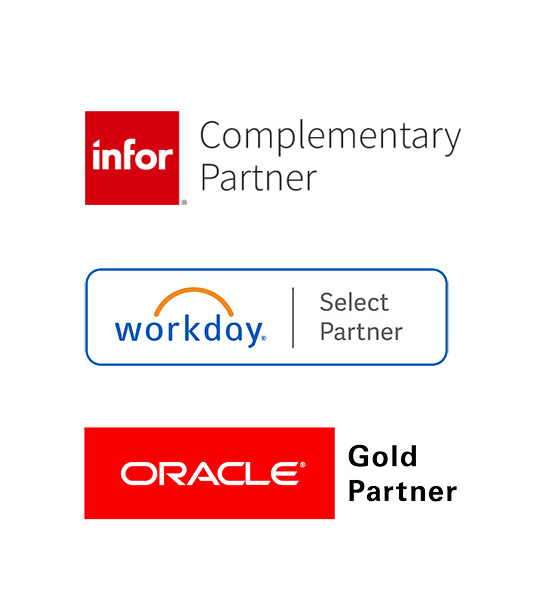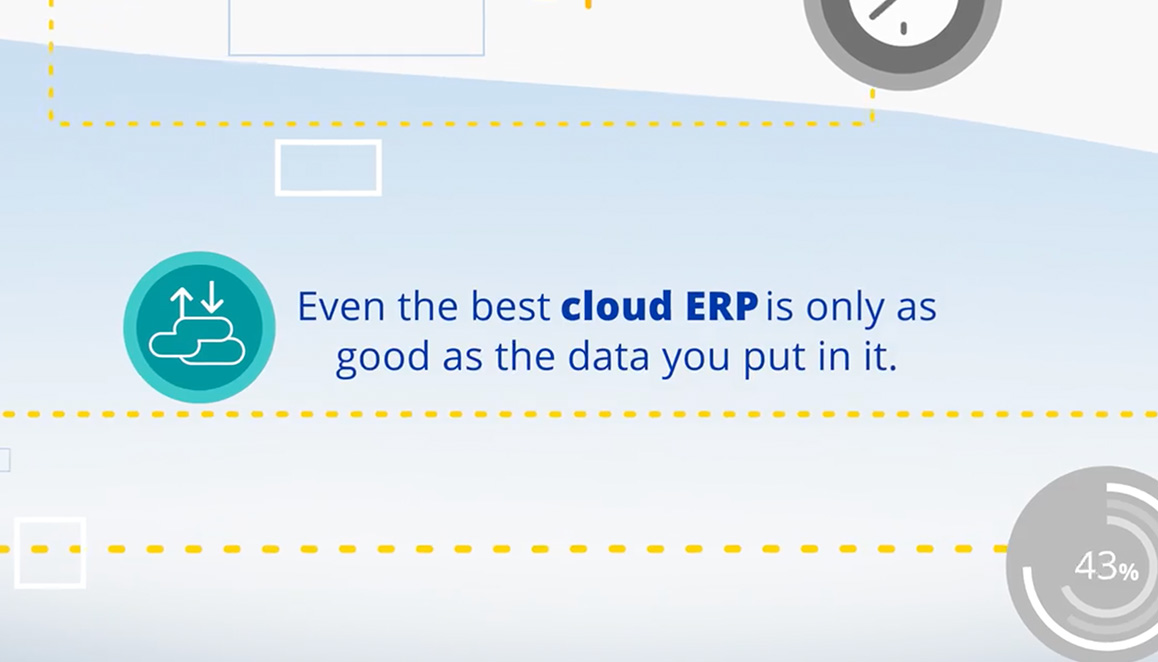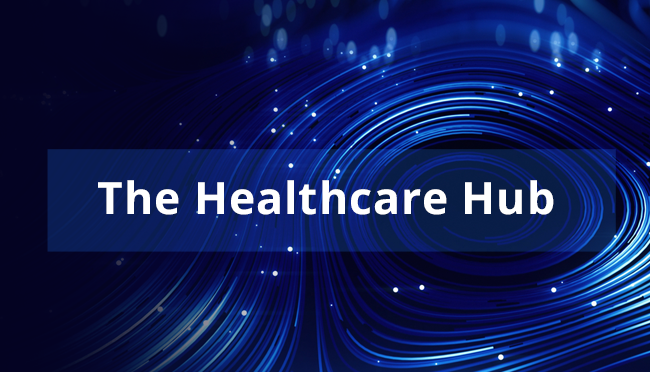Cloud ERP systems are the next big IT expenditure for healthcare. But they’re a relatively new concept for the industry and many technology partners just don’t have the healthcare supply chain experience and expertise needed to keep everything on time and on budget.
Successful cloud ERP integrations require making decisions about how the system will work and how data will be sourced upfront. The earlier these things are determined, the more likely the timeline, budget and desired output will be maintained—versus waiting until after implementation, which could impact costs and the user experience.
Migrating to the cloud is a massive investment, so it’s key that your cloud ERP really delivers on output and helps you achieve business goals— without going over on costs.





